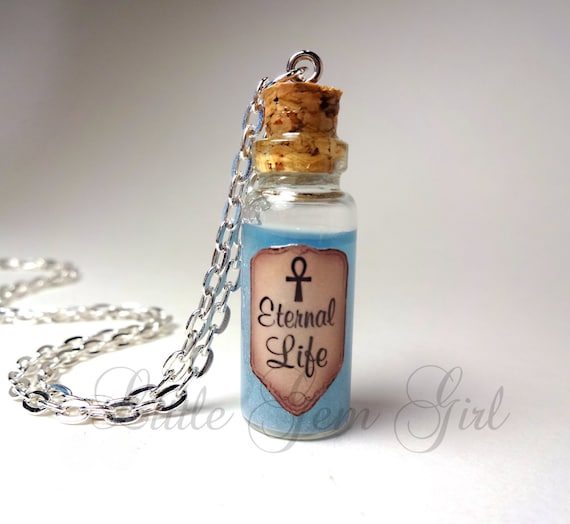 The elixir of eternal youth is a potent desire for many
brands. Being able to say “we just turned 10 years as a brand despite being
around the block for a century or two” is something most companies dream about.
Companies like Kongō Gumia a
construction company in Japan that existed for 1400 years and Beretta the
firearm multinational founded in 1526 have a sense of elegance.
The elixir of eternal youth is a potent desire for many
brands. Being able to say “we just turned 10 years as a brand despite being
around the block for a century or two” is something most companies dream about.
Companies like Kongō Gumia a
construction company in Japan that existed for 1400 years and Beretta the
firearm multinational founded in 1526 have a sense of elegance.
But to last this long, most of them had to be flexible and
stay relevant. While Kongō Gumia had to sell coffins during World War II to
stay operational, Beretta had to expand vigorously and research its clients’
needs consistently in this conflict-riddled world.
Does the longevity of your company attest to the fact that
your brand is different and relevant?
The answer is not necessarily favorable. To stay relevant a
brand has to be interesting. Seth Gordin talks about the purple cow experience.
If for example you were driving through the Nandi highlands and noticed
Friesian cows you would think them interesting if they are not your natural
occurrence. But after coming upon many more cows your interest would slowly wane
to a trickle until of course you come upon a purple cow, which no one has ever
laid eyes on.
In life people are looking for something interesting away
from their rather dull lives. But how does one stand out in a market where
everyone seems to be peddling the same product? How can one make the mundane
interesting?
The Young and the Restless is an American soap opera, which
has been broadcasting from 1973 with syndication worldwide, it has been the # 1
daytime drama in America since 1989. How
has it managed this? It has done this through many twists and turns and an
ability to keep its clientele at the edge of their collective seats. It lets them
relate and engage with the content on display. They “own” the brand and
customize it to their own divergent thought process.
Being different is not relevant if it is not interesting.
For most organizations it calls for them to uproot their
very DNA to strive to be interesting because at the very core of being
interesting is the word “risk”. Taking risks involves change, being flexible
and discarding old perceptions. New ideas require one to engage the client
extensively and continuously to relate with their aspirations.
Being able to say you are unique and different in a market
means you have to be offering something that is needed by your clientele. Something
that no one else offers or is able to offer in the long haul., to the benefit
of the client. The key word here is benefit not features. Learn to focus on
what will benefit your client.
The Blue Ocean Strategy developed by W. Chan Kim and
Renée Mauborgne looks to give a unique identity to a business, so that
in the end they play within a clear blue ocean, away from the bloodied red
ocean of cutthroat competition. Where companies are busy fighting for smaller
and smaller margins, dwindling shelf space and visibility in the marketplace.
Seth Gordin stated that one needed to be remarkable, target
a few early adopters, create a product they would love, let them be the
evangelizers of the product and let them market it to the larger market. The value of the group is not related to its
size but rather its influence. For example an early adopter of your product who
in most cases is a trend setter will slowly influence larger groups of people
in the market, who only buy what they remember and know, as opposed to
something different, to embrace your product.
To take Seth Gordin’s approach calls for one to think that
taking risks is the only safe way you can get people to notice and embrace you
product.
Do you want to stand apart from your competitors, as a
provider for value to your clients?
Then reconstruct your market boundary like Cirque du Soleil,
who blend opera and ballet with circus or SouthWest Airlines who offer
flexibility of bus travel at the speed of air travel using secondary airports.
Offer what is termed as value
innovation by creating value for the buyer, the company, and its employees,
thereby opening up new and uncontested market spaces.
By definition, value innovation is
about making the competition irrelevant by changing the playing field of
strategy. The company’s strategy must
create and raise value for the market, while concurrently reducing or
eliminating features or services that are less valued by the current or future market.
In conclusion, East Africa is ripe for
value innovation, be it in transportation, financial services, energy,
education and so forth. What we just have to do is ensure that we create blue
oceans in the process instead of diving headlong into murky uninspired red
oceans.
Written for Management Magazine East Africa June 2014 issue
Comments
Post a Comment